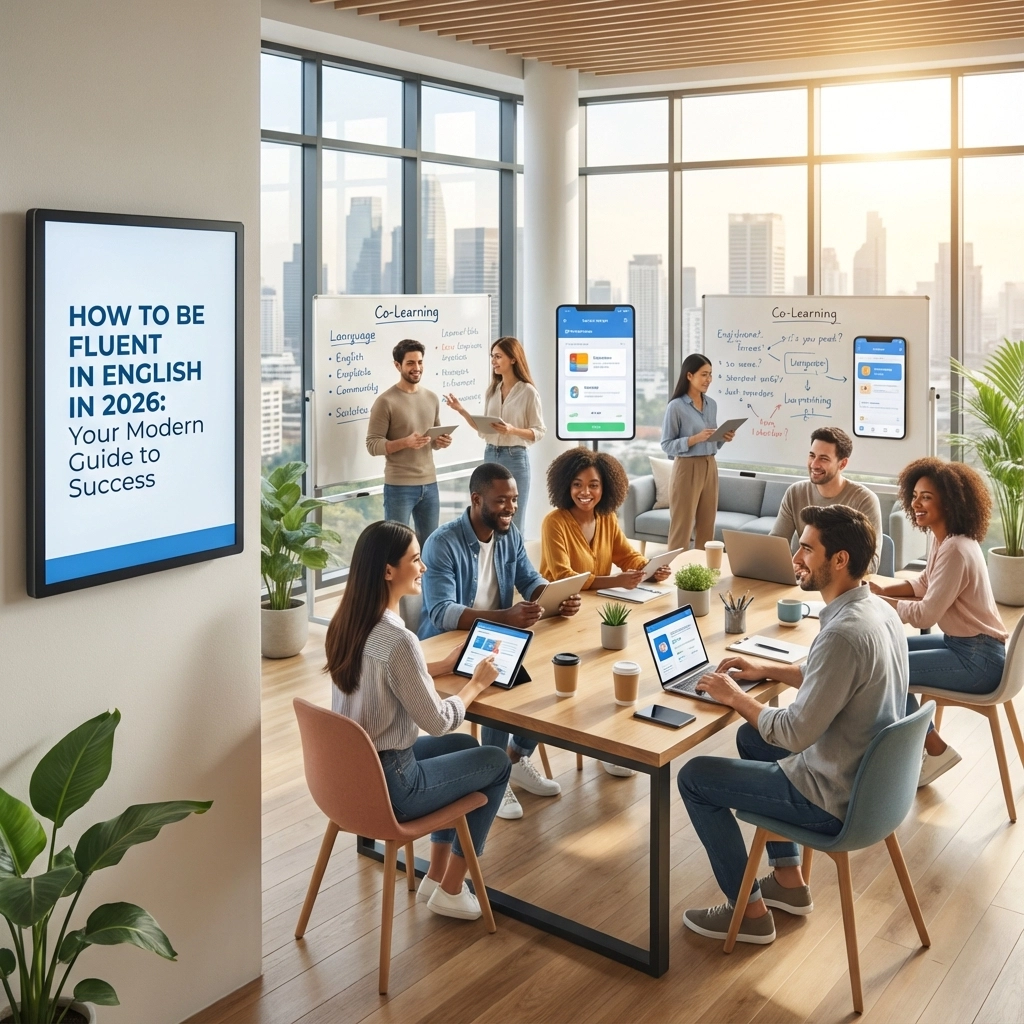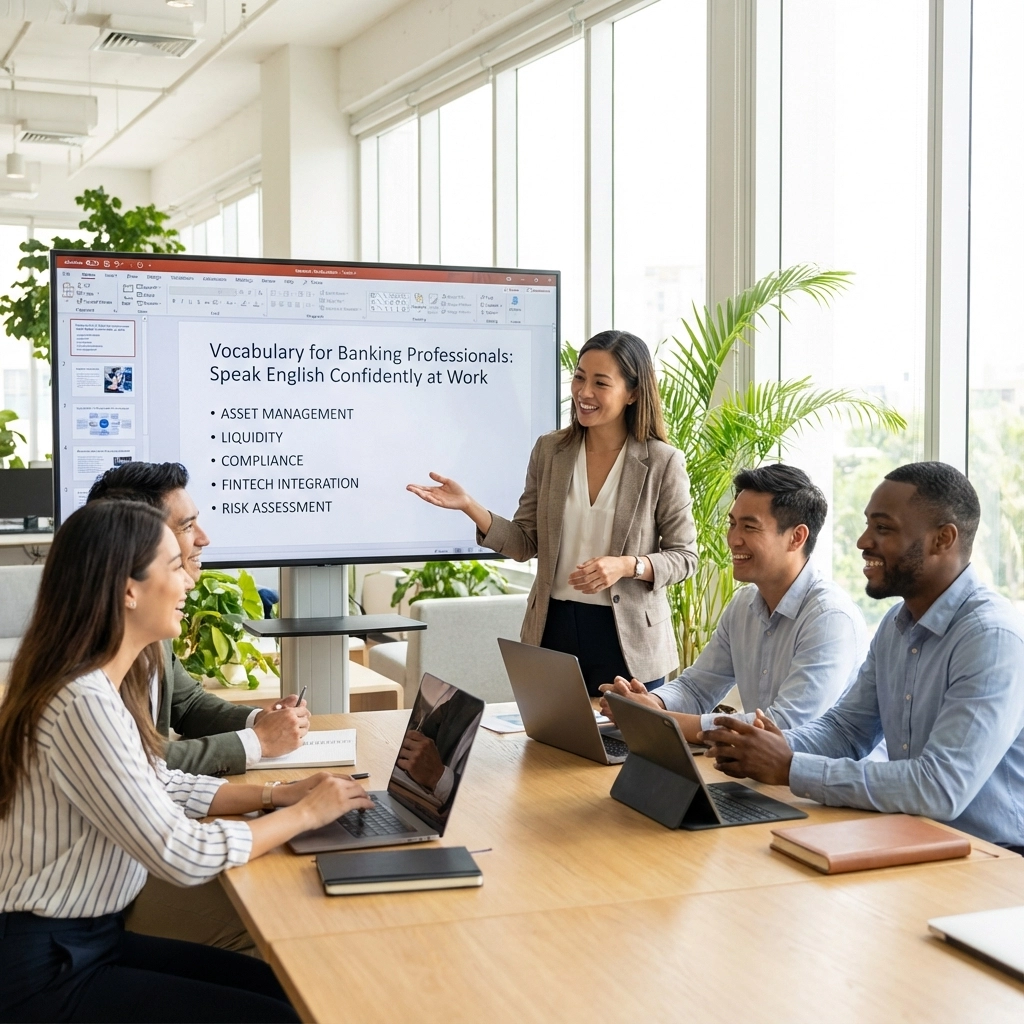Contents
Toggle
Meet Beenish Aslam, an accomplished MPhil scholar, and writer at Wonderful World English. Beenish has a wealth of experience in education, and we sought out her expertise to provide fresh insights into this dynamic world.
Learning multiple languages is an endeavor that combines the practical with the enriching, opening doors to diverse cultures and opportunities.
While the thought of becoming proficient in more than one language at the same time may seem daunting, it is entirely achievable with a structured approach and dedication.
The journey of multilingual mastery begins with a clear roadmap and setting realistic expectations.
Acknowledge that each language has its unique set of challenges and rewards.
One of the first steps in learning multiple languages is to establish a solid foundation in each language.
Instead of dividing focus too thinly, it’s important to allocate sufficient time and resources to develop a comfortable level of understanding in each language before advancing.
Incorporating effective study techniques can accelerate language acquisition and reinforce learning.
Progressing to proficiency requires patience and consistent exposure to the language in a variety of contexts.
Key Takeaways
- Establishing a strong foundation in each language sets the stage for multiple language learning.
- Effective study techniques are critical for reinforcing and advancing language skills.
- Consistency and exposure are key elements in progressing to proficiency and maintaining language abilities.
Getting Started
Learning multiple languages is an ambitious endeavor that requires careful planning and clear strategies.
The initial steps lay the groundwork for a successful multilingual journey.
Choosing Languages
One’s choice of languages should align with one’s goals and interests.
Language learners should consider the practicality and personal connection to the languages they wish to study.
For instance, learning Spanish might be a priority for an individual who often travels to Spanish-speaking countries.
Additionally, choosing languages with similar linguistic roots can facilitate the learning process.
Setting Realistic Goals
Language learners must set achievable targets to maintain motivation and measure progress.
These goals should be specific, for instance, aiming to reach conversational fluency in a new language within a year.
Realistic expectations are crucial to prevent feelings of discouragement in the face of what is a complex task.
Designing a Study Plan
A structured study plan acts as a roadmap for language acquisition.
This plan should allocate dedicated time for each language, with a focus on a priority language if necessary.
Elements of an effective study plan include:
- Daily practice: Consistent, daily sessions are more effective than sporadic, lengthy study sessions.
- Resource diversity: Utilizing a mix of textbooks, language apps, and media sources to engage different learning styles.
- Progress tracking: Regular reviews to adjust the plan based on one’s evolving needs and achievements.
The study plan must be flexible, allowing for adjustments as the learner’s abilities and circumstances evolve.
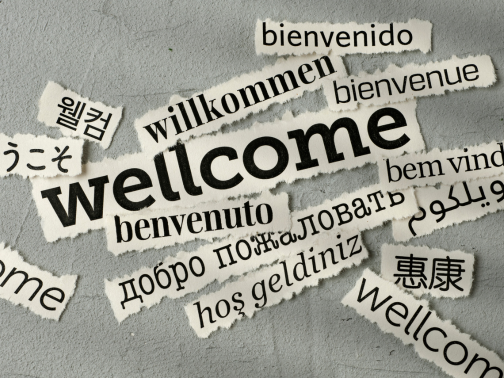
Effective Study Techniques
To excel in multilingual mastery, learners should embrace diverse methods that integrate technology, habitual study patterns, and cultural exposure.
These approaches can enrich the language learning experience, solidify retention, and add practical context.
Utilizing Language Learning Apps
Language learning apps like Duolingo serve as accessible tools, offering a wide range of languages to study at varying levels of difficulty.
They provide interactive exercises that promote the following:
- Engagement: Interactive tasks maintain learner interest.
- Flexibility: Users can practice anytime, anywhere, fostering consistent learning habits.
- Tracking Progress: The apps often include features to monitor learning achievements.
The Role of Repetition and Consistency
Repetition is the cornerstone of language acquisition, while consistency aids in long-term retention.
Here’s how they contribute:
- Flashcards: A time-tested method to regularly engage with new vocabulary.
- Scheduled Study Time: Allocating daily periods for language practice prevents knowledge decay.
These techniques ensure that learners remain in regular contact with both the language mechanisms and vocabulary needed for fluency.
Leveraging Music and Culture
Incorporating elements of music and culture in language learning offers context and relevance. Benefits include:
- Language Input: Exposure to natural language used in songs or cultural media provides a deeper understanding of everyday use.
- Cultural Immersion: Cultural elements tied to language increase emotional connectivity and motivation.
By understanding lyrics or cultural storytelling, learners can grasp subtler nuances of the language that are not always evident in textbooks.
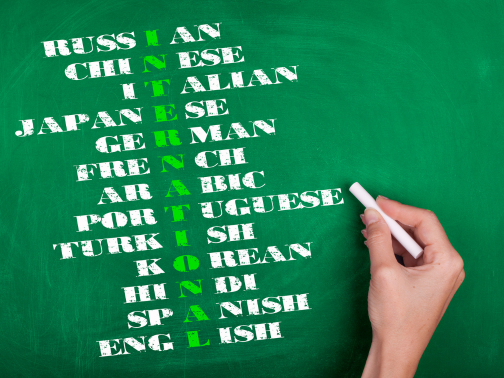
Advancing to Proficiency
Achieving proficiency in multiple languages involves a strategic approach to mastering the key components of language acquisition.
This includes vocabulary and grammar, honing conversational skills through immersion, and effectively managing the learning process across different language families.
Mastering Vocabulary and Grammar
To reach proficiency, one should amass a substantial vocabulary and grasp complex grammatical structures.
Tools like flashcards and spaced repetition software can be employed to commit words and phrases to long-term memory.
Understanding the similarities between language families, such as Germanic or Romance languages, can accelerate this process.
Efforts to compare and contrast grammar rules across languages can also yield better comprehension and prevent confusion, especially when learning two languages at the same time.
Conversation and Immersion
Fluency is forged in the crucible of conversation.
Engaging with native speakers through language exchanges or discussion groups promotes the practical use of language in nuanced social contexts.
The laddering technique, where one learns a second language using a third language they’re already proficient in, encourages deeper immersion.
The guidance of linguists or psychologists can optimize this process, advocating for strategies like living abroad or immersion through virtual environments, to mimic authentic linguistic settings.
Balancing Multiple Languages
Maintaining progress in multiple languages concurrently requires a deliberate strategy.
One must allocate time and resources to each target language while preventing interference.
Identifying one language as the priority allows for focused growth in that area, while laddering languages share cognitive resources effectively.
It’s crucial to understand how the brain categorizes related languages and to make conscious efforts to keep them compartmentalized using tools like separate diaries or language-specific days to practice.
Have you ever wondered how many languages a person can actually learn in a lifetime?
Find out in the article below!
Related: How Many Languages Can You Learn (and Master)? – Revealed

Lifelong Language Learning
Lifelong language learning involves integrating language practice into one’s routine to achieve personal growth and seize career opportunities in a globalized world.
It’s about maintaining motivation and having fun through varied approaches to learning multiple languages.
Incorporating Languages in Daily Life
To foster language learning skills and make the process enjoyable, learners should weave their target languages into their daily routines.
For example, they could change their phone’s language settings, follow social media accounts in the languages they’re learning, or listen to music and podcasts.
This not only helps to solidify new vocabulary but also exposes them to cultural nuances, which are integral to bilingual success.
Continued Learning and Practice
The key to lifelong learning is consistent and continued practice.
Learners should set achievable goals, like dedicating a specific amount of time for each language each day and use language learning applications that make practice both accessible and fun.
Regular interaction with native speakers, whether through language exchange meetups or online platforms, can enhance their conversational skills and keep them motivated.
Cultural Exploration and Travel
Travel provides opportunities to explore new cultures and languages in a meaningful way.
When learners immerse themselves in different linguistic environments, they can see the practical uses of their language skills.
Organizing trips to places where the target languages are spoken or participating in cultural activities locally can greatly contribute to their personal growth and having fun while learning.
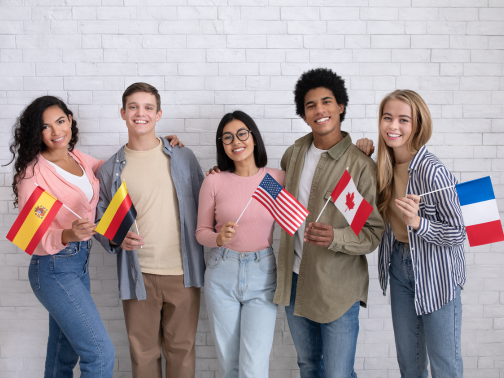
Conclusion
In conclusion, mastering multiple languages is an enriching journey that opens up new avenues for communication and deepens one’s appreciation for different cultures.
It begins with establishing a strong foundational knowledge of each language, supported by effective study techniques and a consistent, immersive learning experience.
The process demands realistic goal-setting, a well-structured study plan, and a commitment to daily practice.
Effective strategies, such as leveraging technology through language learning apps, incorporating repetition and consistency in study habits, and immersing oneself in the cultural aspects of a language, enhance the learning process.
Achieving proficiency involves a nuanced understanding of vocabulary, grammar, and the practical application of language skills in conversational settings.
Balancing multiple languages requires a thoughtful approach, ensuring each language receives adequate attention while minimizing interference.
Lifelong language learning is about integrating language practice into daily life, continuously setting new goals, and embracing cultural experiences.
Ultimately, the journey to polyglot mastery is a testament to the learner’s dedication, adaptability, and passion for exploring the vast world of languages.
It’s a path marked by continuous growth, personal fulfillment, and the joy of connecting with others across the tapestry of global cultures.
We hope you find value in this information.
Have a wonderful day!
Image Attribution: All images licensed via canva.com


